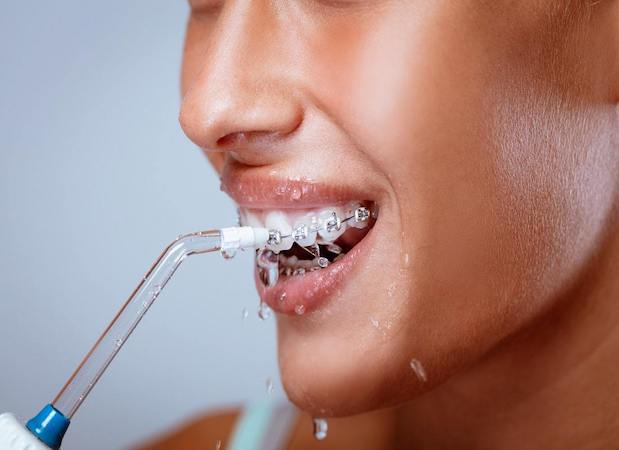June 10, 2020
Also referred to as oral irrigators, water flossers date back to 1962 when Colorado dentist Gerald Moyer was assisted by hydraulic engineer John Mattingly to design a water-based dental apparatus.
The resulting design embraced the power of pressurized water to clean and strengthen the gums, as well as remove surface-level plaque. Since then, water flossers have slowly and steadily risen in popularity, becoming a common household fixture used to amplify the effectiveness of standard brushing techniques.
But why? And how does it work?
Whether you’ve just bought your first water flosser or you’re simply curious as to how purchasing one may benefit you, we have all of the answers you’re seeking…
The Benefits of Using A Water Flosser
Capable of gently but effectively reaching dental crevices one might traditionally tackle with wax floss, the water flosser is excellent for cleaning between the teeth when one’s oral reach is impaired.
For example, patients who are wearing braces or have since been aided by the addition of a permanent crown might find that wax floss is more challenging to use now than in the past. A water flosser, however, allows them to clean their gums and teeth with enhanced mobility and without damaging their dental or orthodontic modifications.
A water flosser may also be beneficial for those living with arthritis or other physical conditions that render the flossing process more strenuous.
How to Use a Water Flosser
One of the best arguments one could have for using a water flosser is that it’s entirely user-friendly and easy to manage.
To use a water flosser properly, simply follow these steps:
- Begin by applying the desired tip to your water flosser and checking to see that the water reservoir is both filled and clean.
- Lean over your sink and allow your lips to remain slightly open so as to catch excess water and keep it from spilling onto yourself.
- Angle the tip toward the gums and turn on the water flosser.
- Follow the gum line around the entire mouth, moving the flosser in between the teeth as you move it around.
Finally, remember that a water flosser does not have to be a stand-alone device in your dental hygiene. It may also be used in conjunction with traditional floss to enhance its efficacy.
Next Steps
In all, a water flosser is one of many tools you may choose to keep in your dental arsenal at home, and it’s important to remember that whether or not it fits into your routine is dependent upon what you need,
If you have further questions about how water flossers work, or if you’re ready to schedule your next appointment with an orthodontist your whole family can trust, it’s time to contact SouthShore Orthodontics!
We offer results you can trust in a welcoming environment. Contact our team today by calling 813-815-0080!

